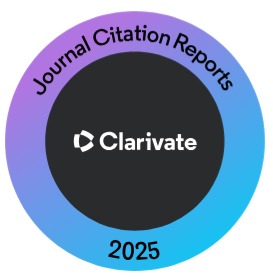Low Dose Radiation Therapy for COVID 19: benefit or threat?
Abstract
The new coronavirus outbreak emerged at the end of 2019 worldwide in a very short period of time. The number of victims of this virus until 2020/11/17 has been 1323143. The consequences of these viruses in humans are common cold or mild illness in the upper respiratory region. In more severe cases can causes severe interstitial pneumonia and acute respiratory distress syndrome (ARDS) and Middle East respiratory syndrome (MERS) and, severe acute respiratory syndrome (SARS). So far various drugs have been prescribed and used for the treatment. However, their efficiency and their side effects for treatment of pneumonia of COVID19 are unknown and should be more investigated. Low-dose radiation (LDR) (30 to 100 cGray(Gy)) has been used historically since the early 1930s with hopeful results for pneumonia treatment and was a common treatment solution for viral pneumonia until the 1940s.
As some recent studies have raised the use of LDRT for COVID19 treatment, we sought to review previous evidence of therapeutic role of LDRT in the inflammatory diseases as well as recent recommendations about consider LDRT as the treatment method for COVID19.
Based on the available evidence and the background of studies, it seems that choosing a dose 0.3-0.5 Gy in severe cases of the disease, as well as using radiation for the whole body instead of the lungs, can optimize the immune system, and optimizing the immune system will help improve COVID-19
Downloads
Published
How to Cite
Issue
Section
License
Submission of a manuscript to the journal implies that all authors have read and agreed to the content of the undertaking form or the Terms and Conditions.
When an article is accepted for publication, the author(s) retain the copyright and are required to grant the publisher the right of first publication and other non-exclusive publishing rights to JLUMHS.
Articles published in the Journal of Liaquat University of Medical & health sciences are open access articles under a Creative Commons Attribution-Noncommercial - Share Alike 4.0 License. This license permits use, distribution and reproduction in any medium; provided the original work is properly cited and initial publication in this journal. This is in accordance with the BOAI definition of open access. In addition to that users are allowed to remix, tweak and build upon the work non-commercially as long as appropriate credit is given and the new creations are licensed under the identical terms. Or, in certain cases it can be stated that all articles and content there in are published under creative commons license unless stated otherwise.























